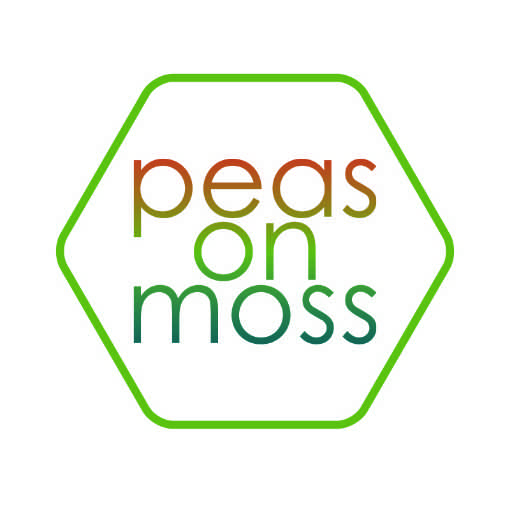Well, readers, it’s been a while. To say it’s been busy is a bit of an understatement and a disservice to the adventures I’ve been having. I’ll to take time to record those, and I hope I’ll be able to keep up.
First: Food Tasting 2.0 – Sensory Panel
I’ve been working on a program at work to teach employees how to critically analyze food samples that we make.
 |
| From Beecher’s Handmade Cheese |
I had started dabbling with sensory evaluation at
Beecher’s Handmade Cheese with their dairy scientist, Paul McNeely. I remember the day we established the spider graph for the award-winning Flagsheep cheese. I thought my heart was going to beat out of my chest from ingestion of the sugar-, salt-, caffeine-, msg-, and citric acid-spiked waters that we used at different concentration levels until we determined the cheese’s taste characteristics. Lesson learned: expectorate everything.
Such flavor mapping really helped us enhance our understanding of the tastes and flavors of the products, so it made sense to establish an official program at my new company. The flavor map below isn’t from our panel – it’s an example beer spider graph used as an example on an NIH report.
 |
| from NIH |
Lundberg Family Farms is primarily a farm – we focus on rice growing, milling, and packaging – so the seasoning packets that we add to our rice side dishes are made by partner companies. Whenever shipments of seasonings arrive, we want to ensure that they’re made to our specifications. We also use sensory panels to evaluate ingredient substitutions and recipe changes. So I have been building an internal official sensory evaluation panel that can use formal taste tests to evaluate food samples for specific criteria. It’s been a whirlwind.
 |
| From Lundberg.com |
First, I read all the books I could – simple introductory paragraphs in magazines and even a few textbooks, including
Sensory Evaluation Techniques, a masterful textbook that I read at Beecher’s and used for writing our panel plan. I sound a lot like Tim Ferriss (famous for the 4-Hour system), I suppose, in the way that I researched my new responsibility. It took me 10 days to read the book, and I emerged with more questions than answers. I also realized I should have paid more attention in statistics class. Thank goodness for Excel!
Second, I reached out to professionals and researched training courses. I spoke with one of the chemists at
Sierra Nevada about their program and how it was developed. Their interim sensory manager explained that the program took a few years to establish and is strictly controlled due to the nature of their product. Their panelists have to be sourced from within the company, so that allowed us to discuss the doubts that my colleagues had that we would have enough participants sourced from within the company and that the panelists wouldn’t be sensitive enough to conduct the evaluations we need. These doubts are prejudiced, and they’ve proven wrong.
When I attended the Research Chef Association conference in New Orleans, I participated in as many of the sensory related presentations that I could. Wow, what a science it is. One session I attended was intended to give panelists an introduction to the beef tasting lexicon. My beef inexperience never felt so strong as when some of the beef sales guys in the room started trying to guess the cut of the beef and its USDA grade. It was also inspiring to get our team trained to a comparable expertise.
Finally, we partnered with a professor from Chico State, the local 4-year university, who had spent
time working for the National Food Laboratory (NFL – yeah, they know), a nationally recognized organization in food product evaluation. She helped us prepare a basic lecture for employees and lectured 4 groups of employees. She also helped us write our sensory tests and suggested concentration levels for each of the tastants.
We’ve been running the sensory panels twice a week for three shifts each of those days – 7:30, 2, and 3:30. It makes for long days for the food technologist and me – especially with prep and clean up- but we’ve had a great turnout. 45 people signed up initially, and 34 come regularly. We have two mechanics, 6 factory workers from rice cakes, and a few other of the hourly staff – the company members that some doubters didn’t think would participate. Some of their ability to participate is due to use choosing to host the sessions three times per day so that the graveyard and night shift can participate as conveniently as the day shift. In addition to the committed crew, we have a few interns, engineers, administration, and even managers, including my VP and the CEO.
Sensory Evaluation sounds really fancy and scientific, but really, we all do sensory evaluation most of the times that we eat food. Think of your favorite food and the reasons it’s your favorite. Then think of your least preferred food and those reasons. You just evaluated the foods, congratulations! A trained panel is one that we use known modifications to foods and teach our panelists how to measure those changes – such as evaluating the addition of a tastant (salt, sugar, caffeine, msg, or citric acid) and its relative concentration – and to articulate what they detect.
We have focused our first evaluations on discrimination tests – tests that measure whether panelists detect differences between samples. Those samples’ differences noticed will help us make business decisions. There are other types of tests – affective and descriptive – but they’re either focused on consumer feelings about the products being tested (affective) or in describing the characteristics of the products, such as texture, flavors, and intensities of those flavors.
Well, that’s one of the projects I’ve been up to.






Recent Comments